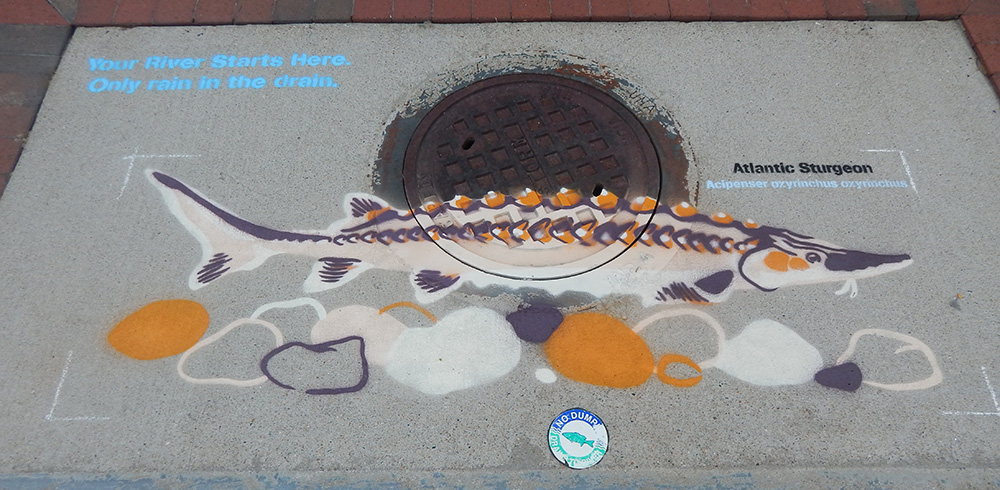May brings many wonderful things to our towns and cities. Singing birds, gorgeous flowers, and the ingredients to spark an afternoon thunderstorm. Warm, humid air begins to infiltrate our region around this time of year, and daytime temperatures can soar well into the nineties. This creates an unstable atmosphere where pillowy clouds rise and become “thunderheads.” Lightning is produced by friction inside the clouds, and a crack of thunder can be heard when it breaks the sound barrier.
Torrential downpours may be brief, ten-minute affairs, or a series of storms can drench an entire state for several days on end. Afternoon thunderstorms are more than just nature’s fireworks, they provide water for our forests and animals to thrive during the hottest month of the year.

In a natural system, water from storm events absorbs into the ground or flows into meandering streams and wetlands becoming purified before making it into the James River. With the advent of human development and extensive use of concrete, stormwater flows quickly over surface streets and parking lots, often carrying trash and pollutants with it. Many municipalities use storm drains to funnel this runoff, though they are not often used properly. Garbage and lawn debris should never be inserted into a storm drain. See a collection of leaves clogging one up? Be a good neighbor and remove them! This can help prevent flooding when it rains next.
The James River Association is actively working on several projects to help mitigate including partnering with Art on Wheels on the “Paint Out Pollution” program which educates and brings awareness to the public about the importance of allowing only water to go down a storm-drain.
Want to help stop pollutants from being swept into local waterways? Planting a rain garden with native plants can filter rainwater before it goes into a river or stream. Installing a rain barrel to collect water from a downspout can also reduce runoff and be saved for a garden on a dry day.

